Reportar esta entrada
Más sobre la misma comunidad-colección
Turistas durante Revolución Mexicana
Two women and a man posing for a photograph and dressed like ...
Madero y Navarro después de la Batalla de Juárez
The back of the image says: "Gen. Navarro and Gen. Madero. 1911. ...
Hombres y mujeres posando con rifles, arcos y flechas
This picture shows men posing, some with rifles, others with ...
Tarjeta postal con las ruinas del Ayuntamiento de la Ciudad de Juárez
This picture shows a postcard with the ruins of the City Hall in ...
El Coronel Garibaldi después de la Batalla de Juarez
The back of the image says: "Garibaldi (camisa blanca) en el ...
Rebeldes en frente del cuartel federal
The postcard shows rebels standing or walking in front of the ...
La última batalla de Navarro en la Batalla de Juárez
The picture was taken on May 10, 1911, the day of Navarro's ...
Los rebeldes posando delante de Misión de Guadalupe
On this picture a group of rebel (sharpshooters) are posing in ...
Nuestra Senora de Guadalupe Church and Cathedral
The mission was founded by Fray Garcia de San Francisco. He came ...







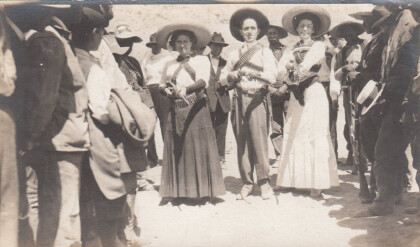
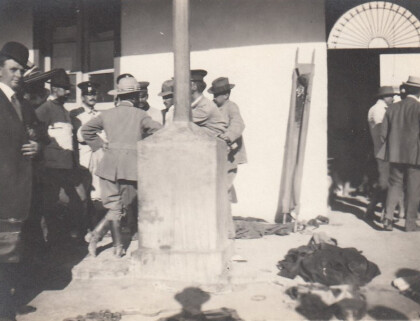
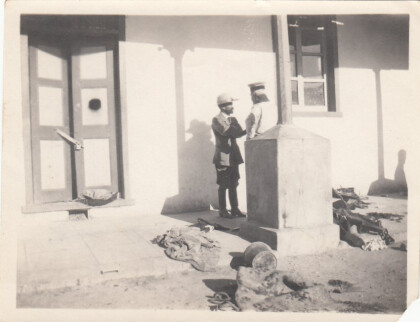
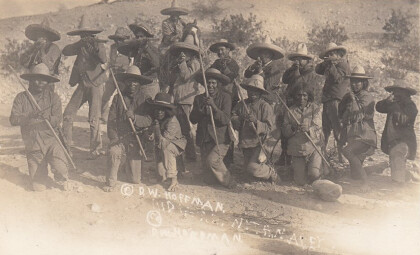
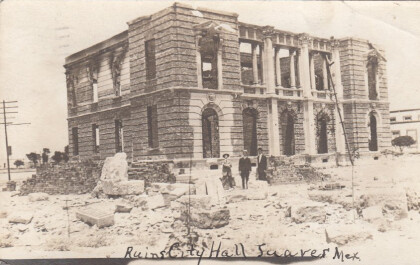
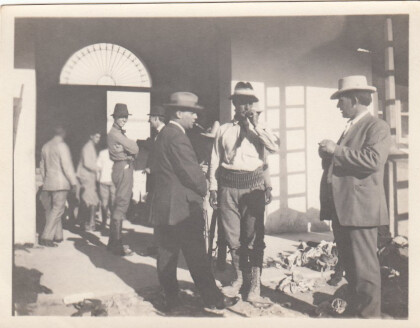
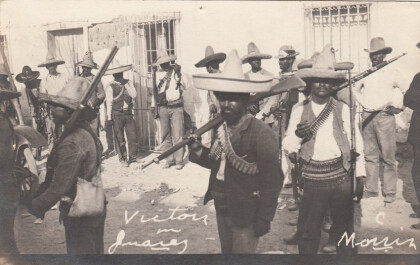
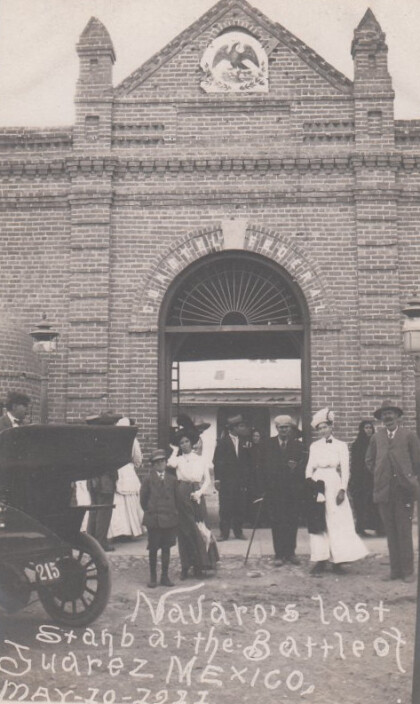
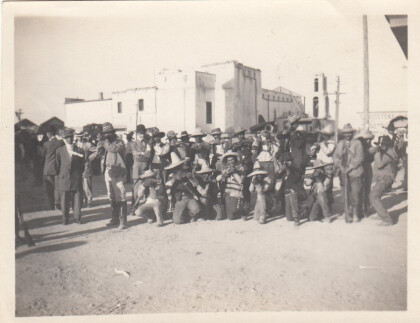
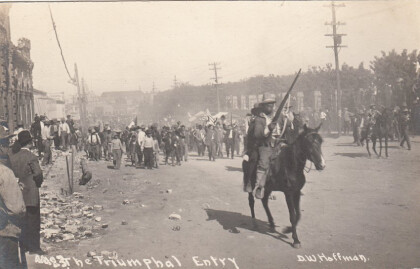
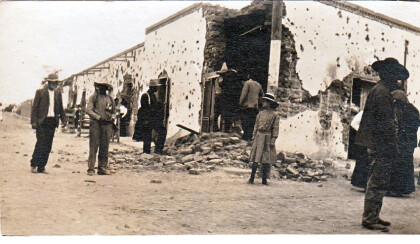
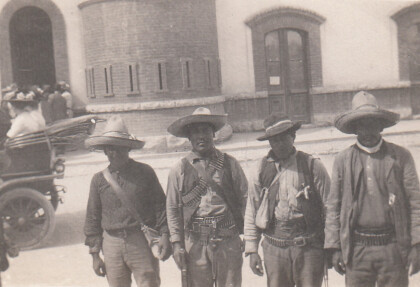
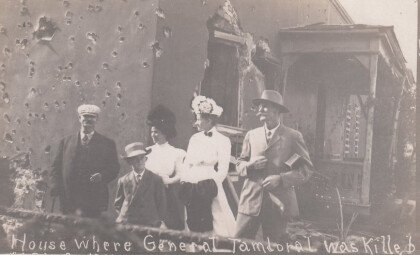
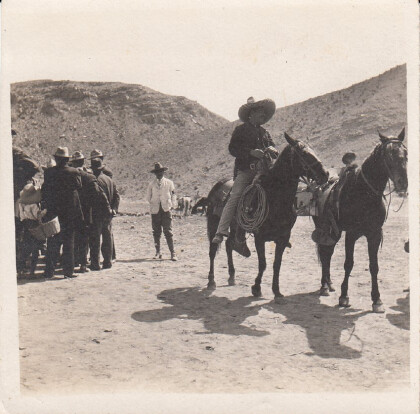
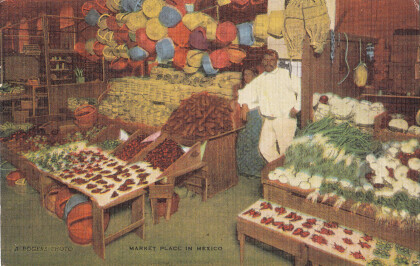
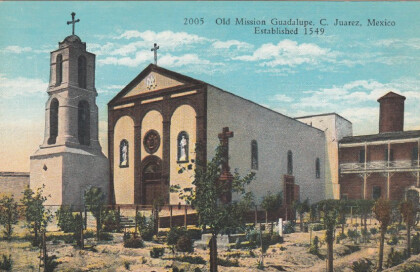
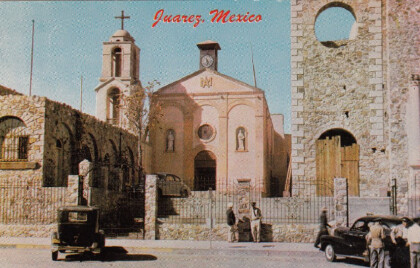
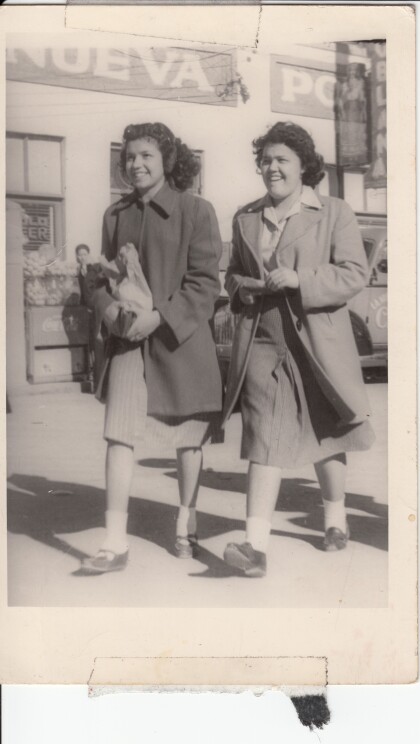
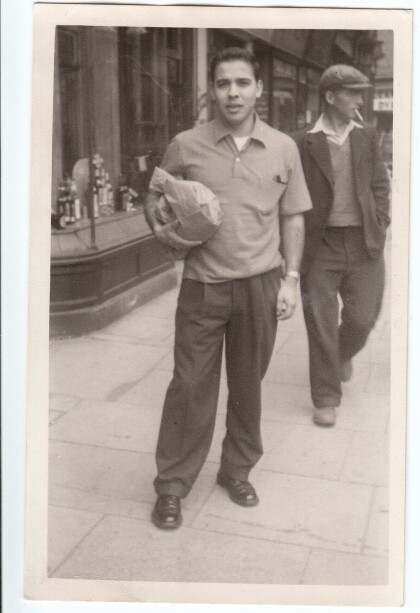
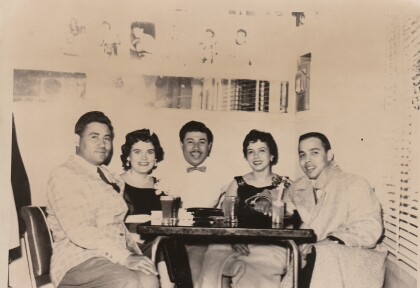
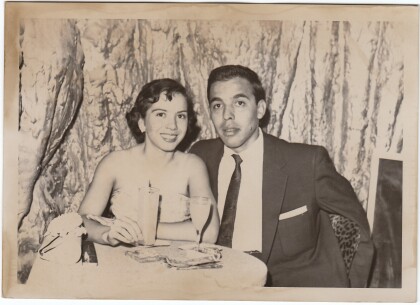
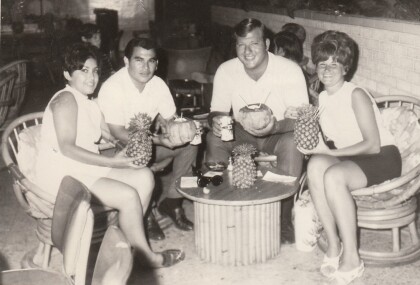
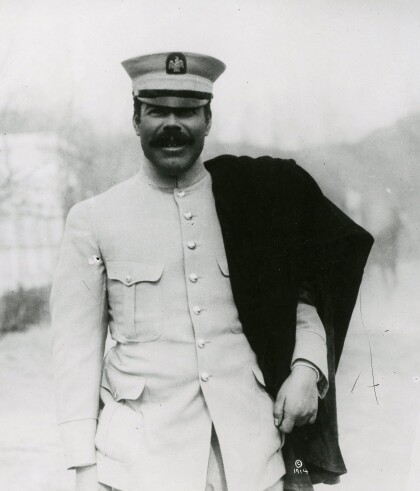
Comentarios
Hacer un comentario